At Portable, we help businesses rebuild and modernise these outdated platforms with little disruption and high stakeholder engagement. We understand the critical importance of future-proofing technology through open-source solutions and scalable architectures, so we developed this strategic guide to upgrading legacy systems and positioning your business for long-term success.
1. Assess the current system and business needs
The first step in evaluating your technology is conducting a comprehensive audit of the existing system. This includes identifying pain points, security considerations, performance bottlenecks, and integration challenges. However, not all legacy systems need replacing—some may still be fit for purpose with the right updates and maintenance. Aligning the evaluation with the business's long-term goals is essential. Does the current system meet core needs? Could targeted improvements extend its lifespan? What processes can be automated or optimised? This strategic approach ensures that any decision—whether to enhance, integrate, or replace—delivers measurable business value.
2. Evaluate options: Replacement vs. enhancement
When approaching legacy technology upgrades, deciding between entirely replacing a system or enhancing core elements while modernising select components is essential. Some projects require a complete overhaul, replacing outdated software with a new platform that integrates modern features and open-source capabilities. In other cases, retaining the core technology and upgrading surrounding components - such as adding APIs, cloud capabilities, or improved user interfaces - is beneficial to bring it up to modern standards.
The choice depends on factors like the system’s current performance, adaptability and alignment with future business needs. While total replacements may offer the most flexibility, enhancements to core technology can be less disruptive and retain valuable features while extending system longevity. This strategic choice forms the foundation for a successful modernisation effort that addresses immediate goals and future growth.
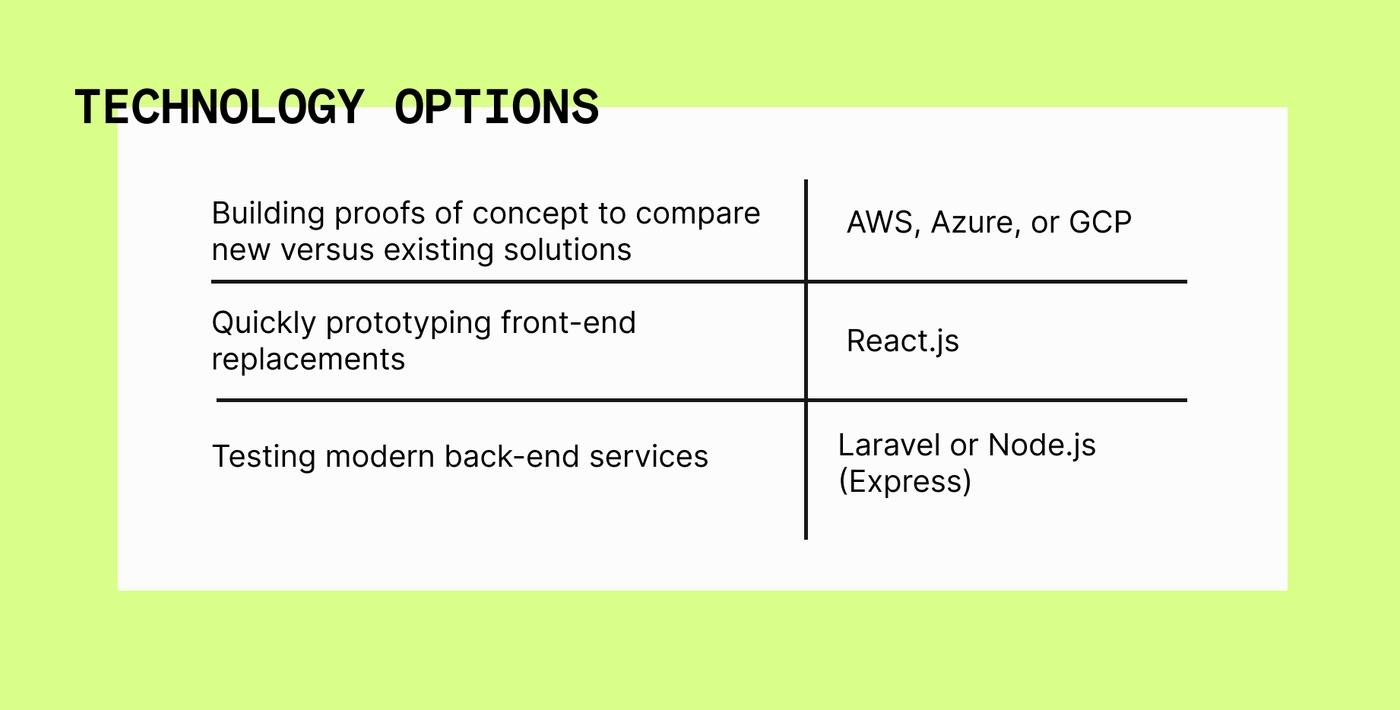
3. Choose open-source technologies for flexibility and cost-effectiveness
Open-source solutions offer businesses the flexibility to adapt and scale as their needs evolve. Unlike proprietary systems that often lock organisations into specific vendors, open-source platforms provide freedom and control over the codebase, minimising licensing costs and dependency risks. According to the Digital Transformation Agency, incorporating open standards and accessible technology promotes consistency and adaptability across government services, demonstrating the flexibility of open-source approaches in large-scale, high-demand environments. Communities supporting open-source frameworks also drive continuous improvements, ensuring businesses benefit from the latest innovations without costly upgrades.
This aligns with DTA’s agile and open-source practices, which enable faster rollouts and consistent responsiveness to user needs. Moreover, transitioning to open-source allows seamless integration with other modern tools and APIs, future-proofing technology stacks and allowing for tailored solutions to specific business needs, as exemplified by open frameworks like Laravel that offer robust communities, frequent updates, and scalability options suited for diverse operational needs.
For more, the Digital Transformation Agency’s experiences with open-source initiatives provide additional context (GOV.AU Alpha assessment).
The impact of using open-source varies depending on how it is implemented. For instance, choosing an open-source database like MySQL or PostgreSQL carries minimal drawbacks since enterprise-level support is available, comparable to offerings from Oracle or Microsoft. However, using open-source frameworks potentially significantly impacts the product's long term maintainability. While not unique to open-source, industry trends push frameworks in different directions, increasing the maintenance burden of the application. This is often exaggerated by open-source frameworks leveraging many open-source libraries, leading to dependency hell.
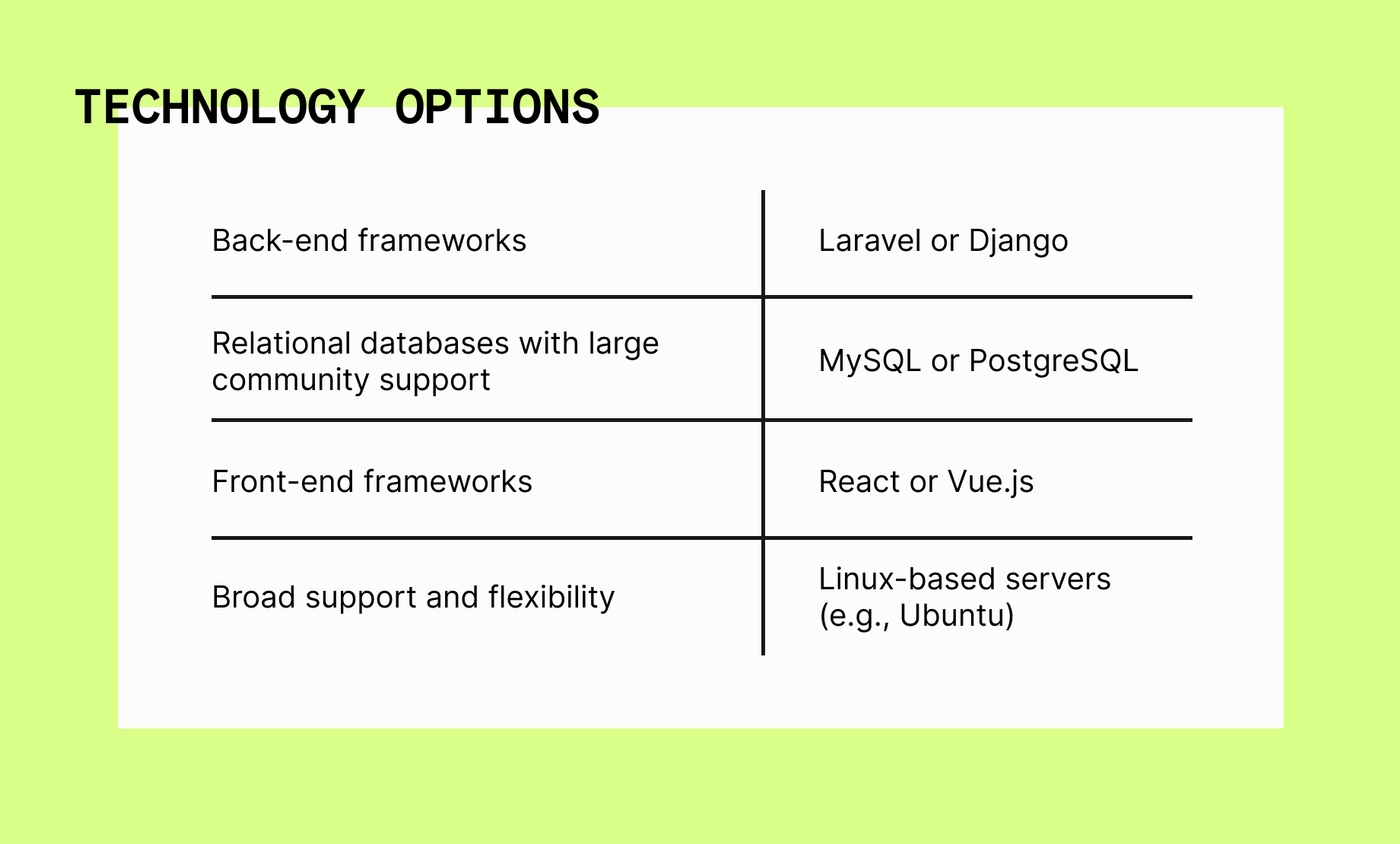
4. Ensure scalability for long-term growth
A pivotal reason to modernise legacy technology is to eliminate scalability constraints. Legacy systems often lack flexibility, making it difficult to manage change or adapt to new business models. By adopting cloud-native or modular architectures, businesses can scale resources up or down as needed, ensuring high performance without unnecessary infrastructure costs. Solutions such as microservices or containerisation (e.g., Docker) allow organisations to build systems that can grow organically and remain agile.
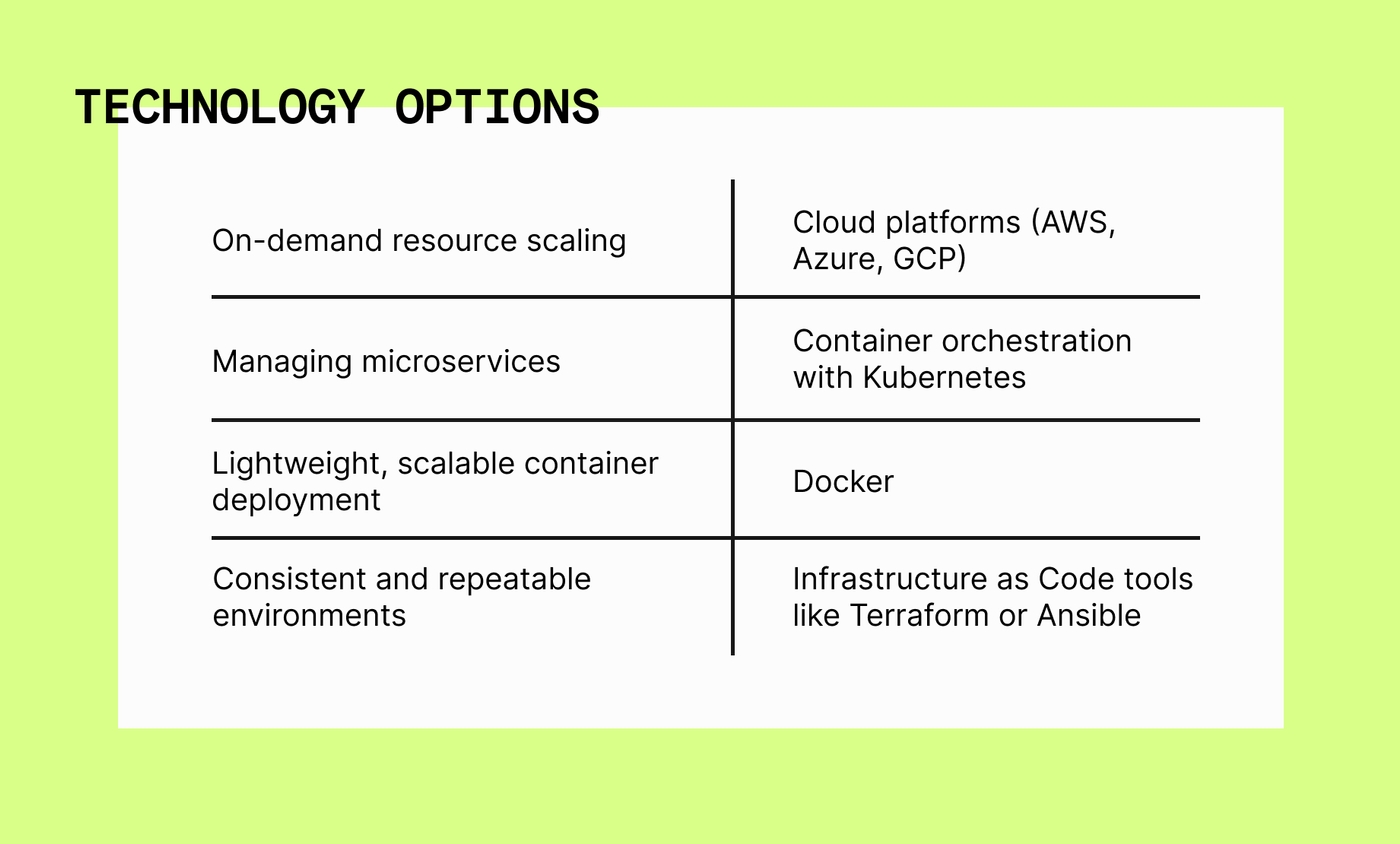
5. Address security and compliance requirements
Legacy systems often lack the latest security protocols, making them vulnerable to cyberattacks. During the upgrade process, it’s crucial to incorporate security-by-design principles to mitigate risks. This involves integrating advanced encryption, authentication protocols and compliance frameworks aligned with industry standards. A proactive approach to security protects data and builds trust with customers and stakeholders.
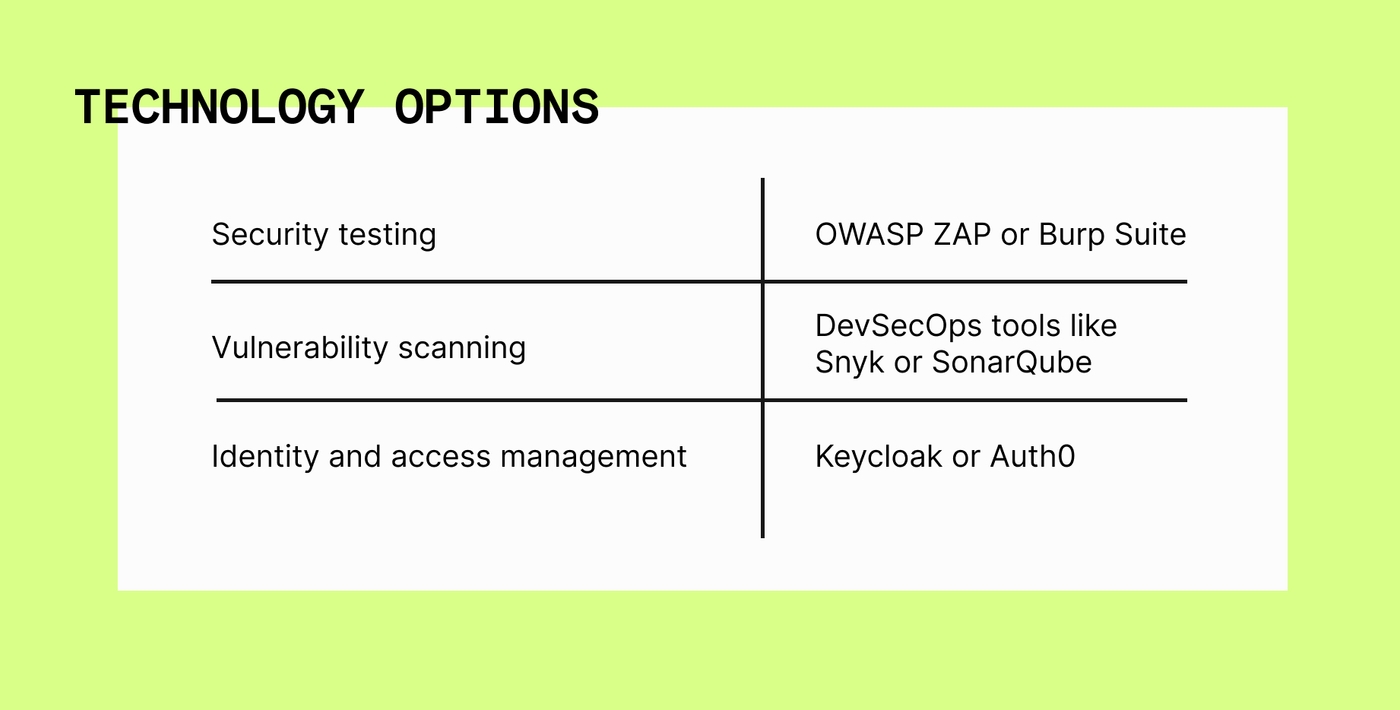
6. Minimise disruption through phased implementation
Rebuilding a legacy system can be complex, especially when downtime directly impacts operations. Ensuring business continuity throughout the upgrade is essential to prevent disruptions to service, revenue loss and customer dissatisfaction. A phased implementation strategy can minimise risk by migrating components incrementally, allowing time for testing and adjustments at each step. Techniques like parallel runs or hybrid systems (where legacy and new technology coexist temporarily) support smoother transitions and provide a backup if issues arise. By taking these steps, businesses can confidently upgrade their systems without jeopardising critical operations, ensuring that new technologies are introduced securely and seamlessly.
7. Leverage data migration and integration expertise
One of the biggest challenges in updating legacy systems is migrating large volumes of data while maintaining integrity and minimising data loss. Expert handling of data migration ensures seamless continuity. In addition, modern solutions often need to integrate with existing systems or third-party applications. A well-planned integration strategy ensures that businesses can harness the full potential of their new technology without losing valuable historical data or functionality.
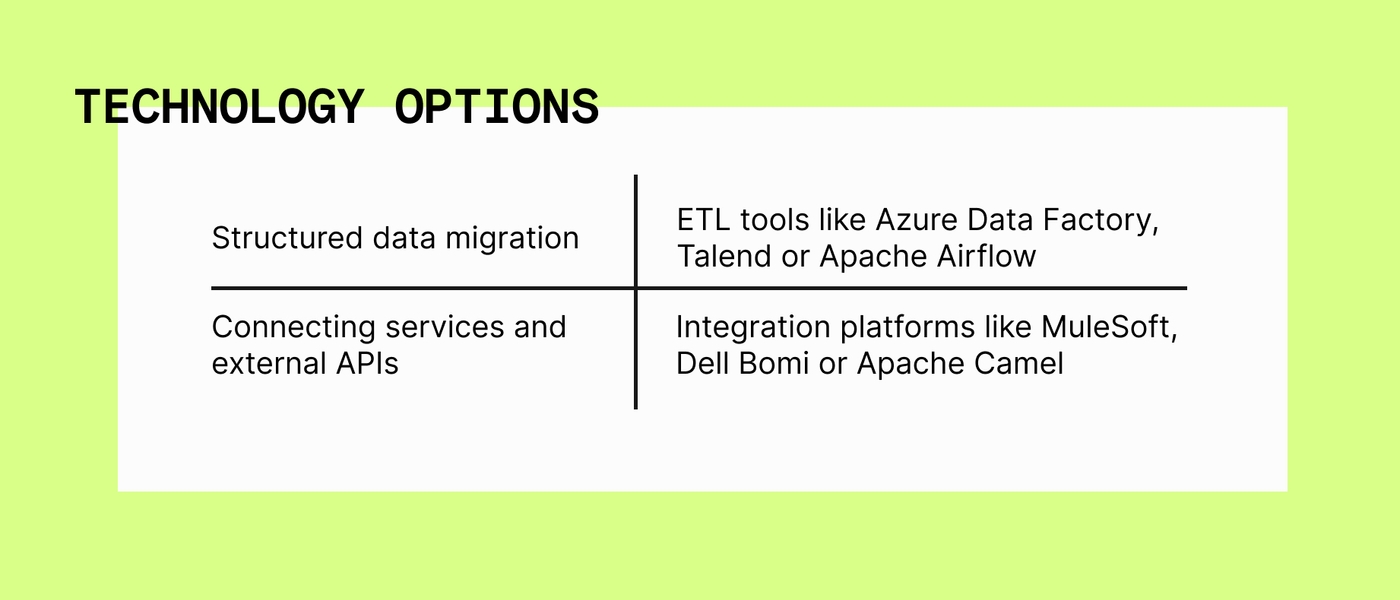
8. Future-proofing with ongoing support and maintenance
Updating legacy technology isn’t just a one-time project—it’s a long-term investment. Ongoing maintenance, monitoring, and support are essential to keep systems performing optimally and aligned with evolving business needs. Partnering with a technology agency that offers continuous support ensures businesses can quickly adapt to changes through regular updates, right-sizing the infrastructure, or introducing new features.
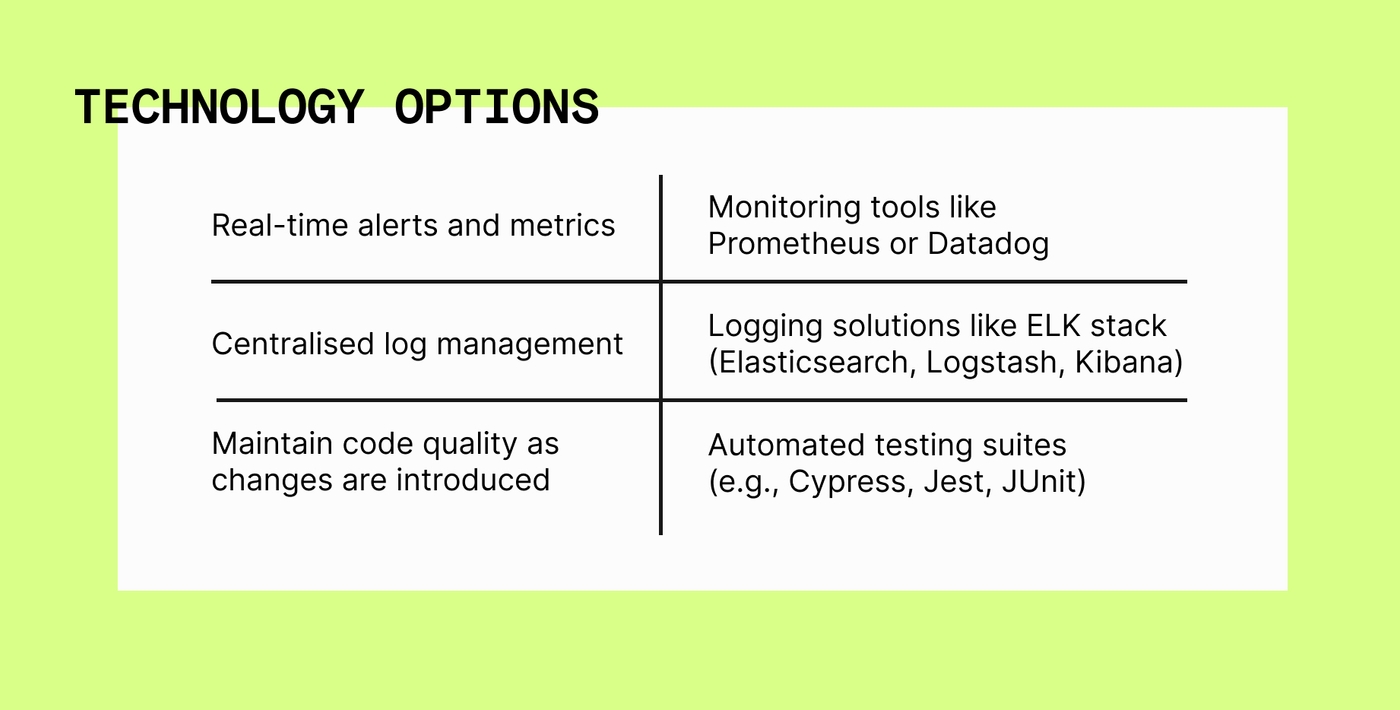
Modernising legacy technology is essential for businesses seeking to stay competitive and resilient in today’s digital landscape. By following a structured, strategic approach, organisations can address outdated systems' limitations while aligning with long-term goals, enhancing security, and ensuring scalability. By investing in these future-proofing measures, businesses are well-positioned to adapt to evolving market demands and technological advances, ensuring long-term success and operational agility.
Not sure of your next step?
Our team can facilitate a Technical Discovery Workshop, where we work with you to define the problem and brainstorm solutions, engineered for your needs.